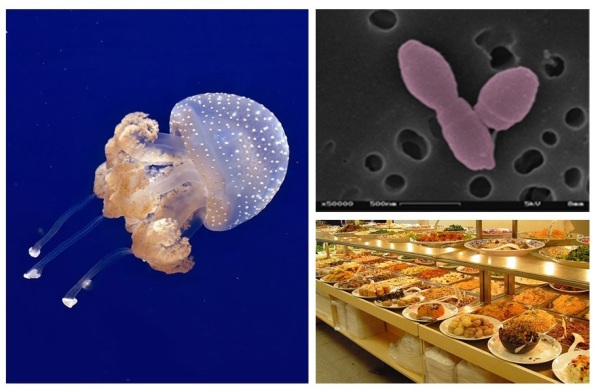Hello everyone and welcome back! This past week I’d seen a story on television concerning diphtheria and those infected. What is it? What do we know about it? Well, this week I’ll speak a little bit about this disease.
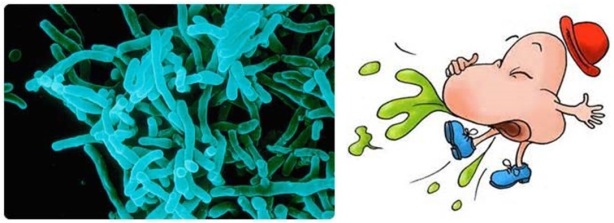
The rod-shaped, non-motile, gram positive bacterium named Corynebacterium diphtheriae causes the disease named diphtheria. It affects the respiratory system, often resulting in a fever, sore throat, and a swollen neck (due to swollen lymph nodes). In really bad cases, a characteristic grey patch may develop in the throat. It takes roughly 2-5 days to see symptoms of the infection. Other complications, such as kidney and heart issues can arise, and the disease can even be deadly. If you are a student, can you briefly research who discovered diphtheria?
So, while in the body, if the bacterial cell attaches to a surface, it will begin secretion of diphtheria toxin. Interestingly the amount of toxin released in the infected person is dependent on two factors. Firstly, the level of iron outside of the cells in the tissue of the respiratory tract, acts to repress the amount of toxin released. The more iron present, the less toxin released. Secondly, the gene for this toxin is actually found on a virus (beta phage) that can be integrated with the bacterial cell, as opposed to being included as part of the bacterial cell’s machinery. So, once the virus is integrated into the bacterial cell, the toxin can be released.
Even though toxin release is dependent on a virus and iron levels, C. diphtheriae has a fast doubling time, and seems to be quite detrimental to humans, especially in the developing world. Interestingly as well, mice seem to be immune from infection, so scientists need to use another model to study this disease. One can find C. diphtheriae in the mouth, skin, nose and throat of infected people, and as a result, this contagious disease can be spread through the air via sneezing or coughing.
As of late last year, cases of diphtheria and several fatalities were reported, and often times children are affected. Vaccination has been a good approach, as well as use of antitoxin and antibiotics. Hopefully in the near future, there can be eradication of diphtheria. Who knew the combined influence of a virus and iron could be so important!
Take care till next time! 🙂
Follow the links to read more on diphtheria, C. diphtheriae, diphtheria microbewiki and diphtheria history. Credit is given for use of image of C. diphtheriae and big sneeze.

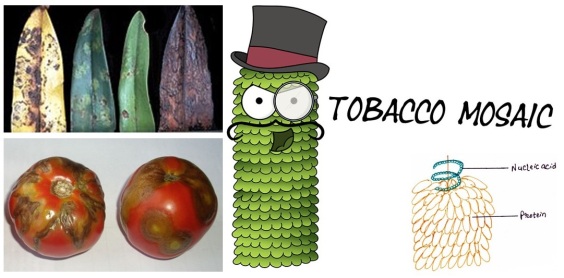
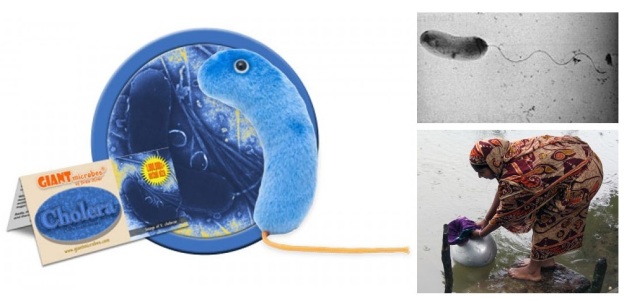
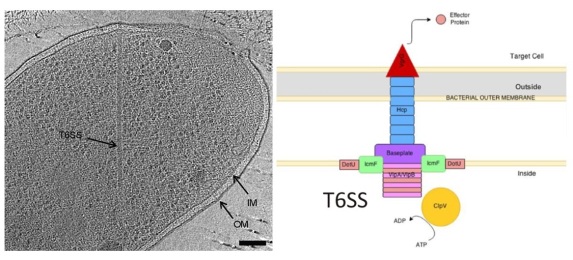
 Hello everyone and welcome back! This past week I helped discuss a scientific paper that focused on a strain of E. coli that causes health concerns in animals…including us! In this blog, I’ll talk a little about one of these strains.
Hello everyone and welcome back! This past week I helped discuss a scientific paper that focused on a strain of E. coli that causes health concerns in animals…including us! In this blog, I’ll talk a little about one of these strains.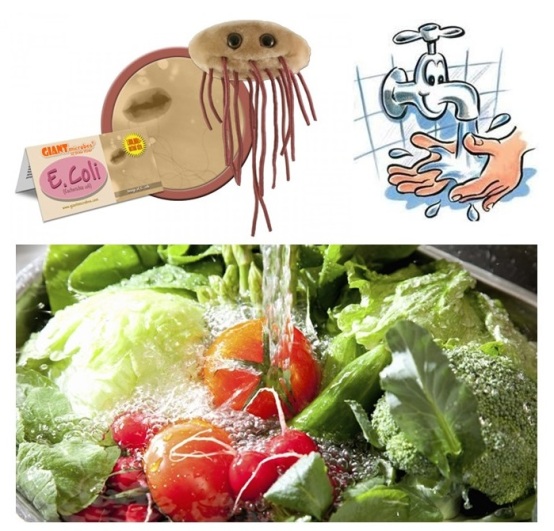

 Hello everyone and welcome back! Well, there was too much to share from the career based panel from last week’s American Society for Microbiology (ASM) conference, so I have a little more to share with you this week.
Hello everyone and welcome back! Well, there was too much to share from the career based panel from last week’s American Society for Microbiology (ASM) conference, so I have a little more to share with you this week.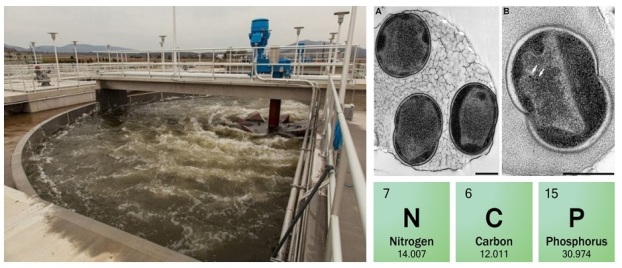

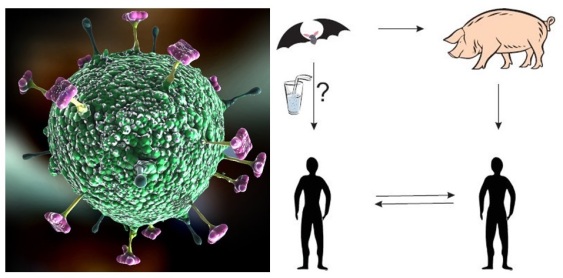
Australian spotted jellyfish. https://www.petjellyfish.co.uk/shop/live-jellyfish/australian-spotted-jellyfish/Jannaschia sp. https://genome.jgi.doe.gov/jan_c/jan_c.home.htmlBuffet. https://commons.wikimedia.org/wiki/File:Vegie_buffet.jpg) Hello everyone and welcome back! This past week I was chatting with a former student, and during that time she reminded me of her love for jellyfish. In thinking about the marine environment, I wondered about the relationship between jellyfish and bacteria, and how their lives may be intertwined.
Hello everyone and welcome back! This past week I was chatting with a former student, and during that time she reminded me of her love for jellyfish. In thinking about the marine environment, I wondered about the relationship between jellyfish and bacteria, and how their lives may be intertwined.